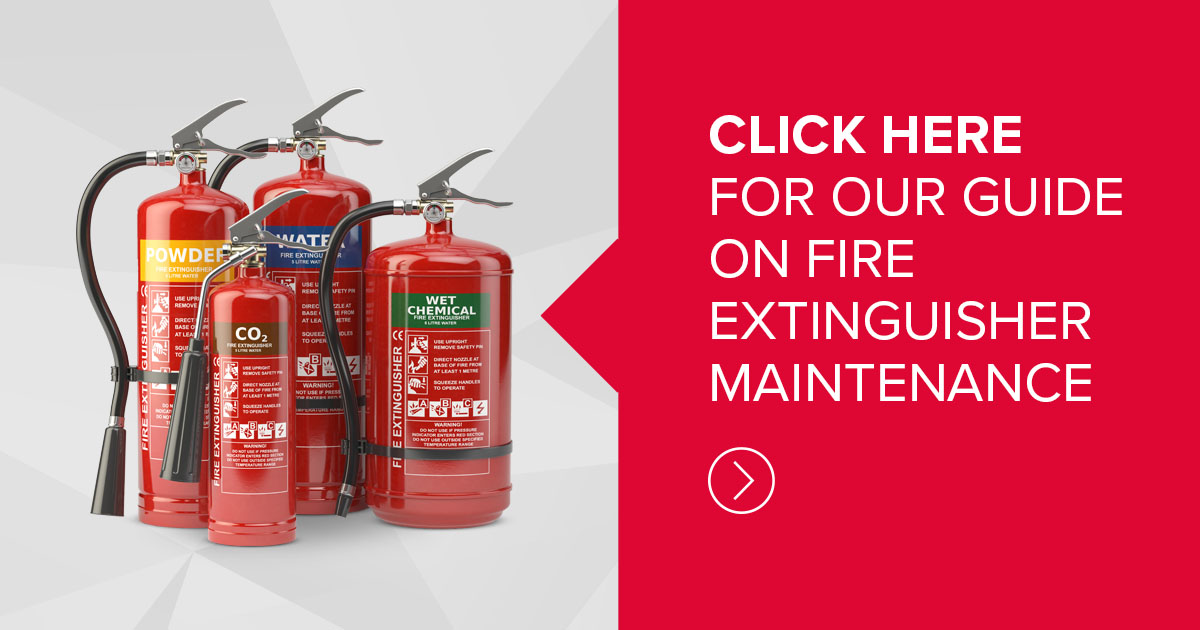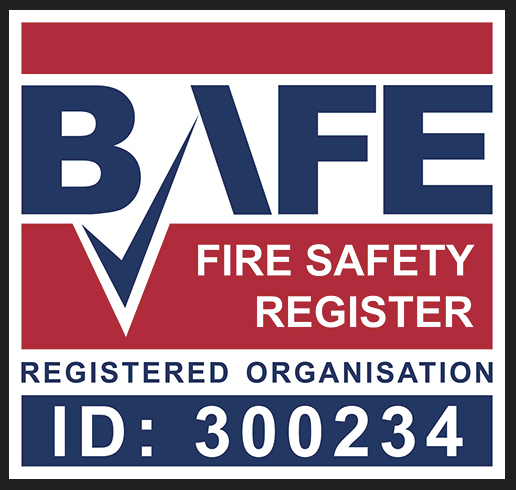Industry Articles
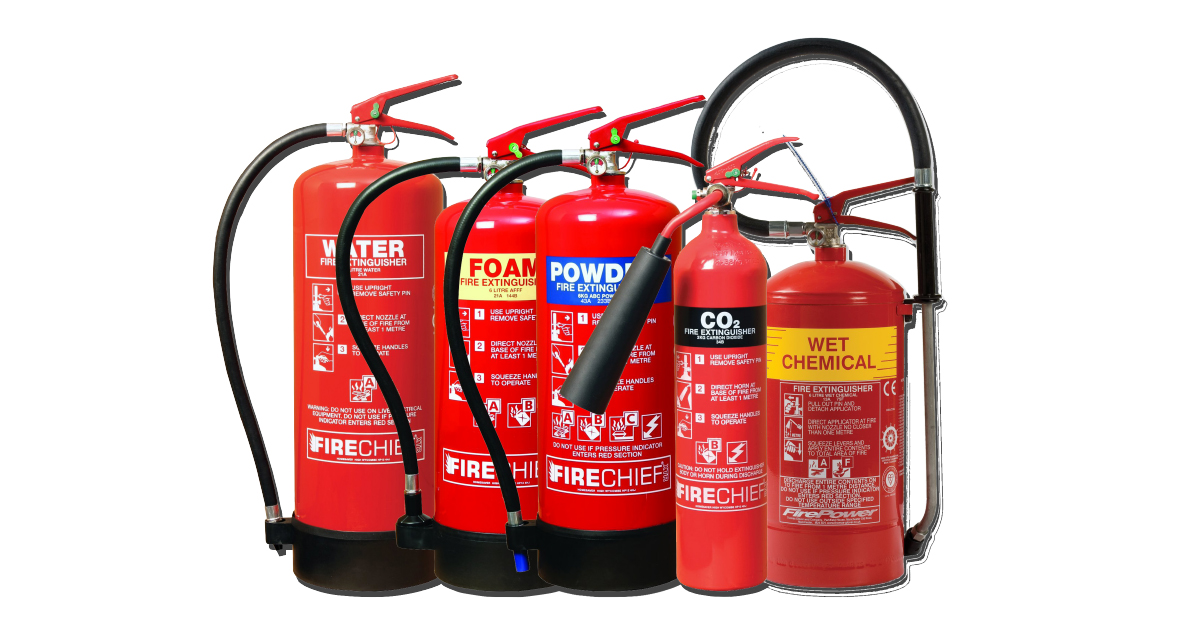
What colour fire extinguisher do I need?
The value of the right fire extinguishers in the right place at the right time cannot be underestimated. Each year in excess of 80% of fires in industrial premises are put out using fire extinguishers; they weren’t big fires, but they would have been in a matter of minutes.
At Dorset Fire Protection, we help you plan for an unplanned emergency, which includes the supply, install and maintenance of fire extinguishers. But which colour fire extinguisher will your premises need?
Here’s what you’ll discover in our guide about fire extinguisher types:
- The different types of fires
- Fire extinguisher colours to look for
- Water fire extinguisher colour
- Foam fire extinguisher colour
- Dry powder fire extinguisher colour
- Wet chemical fire extinguisher
- CO2 fire extinguisher colour
- Identifying the correct extinguisher – common problems
- How to choose the right colour
- Is there an extinguisher for all fire risks?
What are the different types of fires?
Fire extinguishers are supplied with ABC ratings – these letters are there to tell you which types of fire the extinguisher is suitable for.
There are 6 classes of fire:
- CLASS A: Fires caused by combustible materials (e.g. paper, wood, fabric)
- CLASS B: Fires caused by flammable liquids (e.g. paint, petrol, white spirits)
- CLASS C: Fires caused by flammable gases (e.g. butane, methane, hydrogen)
- CLASS D: Fires caused by flammable metals (e.g. lithium, potassium, magnesium)
- ELECTRICAL: Fires caused by electrical equipment (e.g. computers, printers, heaters, photocopiers – once the electrical item has been removed the fire changes class, which means you can use a different extinguisher if needed)
- CLASS F: Fires caused by combustible cooking media such as fats, oil or grease (olive oil, maize oil, lard, butter)
What colour fire extinguisher should you be looking for?
There are 5 fire extinguisher colours: red, cream, blue, black and yellow. Each represents a different type for use on different classes of fires, as explained above.
These colours changed in 1997 to meet British and European Standard BS EN3. All modern extinguishers have a red or chrome body with the identifying colour displayed in a band at the top. Chrome extinguishers do not strictly conform to the guidelines, however, in the UK they are ISO 9001 quality supervised and tested against BS EN3.

What colour is a water fire extinguisher?
Band colour: Red
Suitable for: Class A fires only. Water fire extinguishers can be used to tackle fires caused by ignited paper and wood, and any other organic material.
Do not use for: Cooking oil/chip pan fires and electrical appliance fires.
Extra points to be aware of:
Most water extinguishers should not be used on electrical fires, however, there are an increasing number of water additive extinguishers on the market which have a ‘red’ colour band. These can be used on live-electrical equipment up to 1000V.
It is important to always provide training on when are where to use these extinguishers. Always study the labelling of your extinguishers and ensure signage above them carries the correct instructions in relation to the types of fire they can tackle.
What colour is a foam fire extinguisher?
Band colour: Cream
Suitable for: Class A and Class B fires. Foam fire extinguishers can be used to tackle fires caused by ignited paper, wood and other organic materials, but is the most common extinguisher type for fires caused by flammable liquids.
Do not use for: Cooking oil/chip pan fires, electrical appliance fires and flammable metal fires.
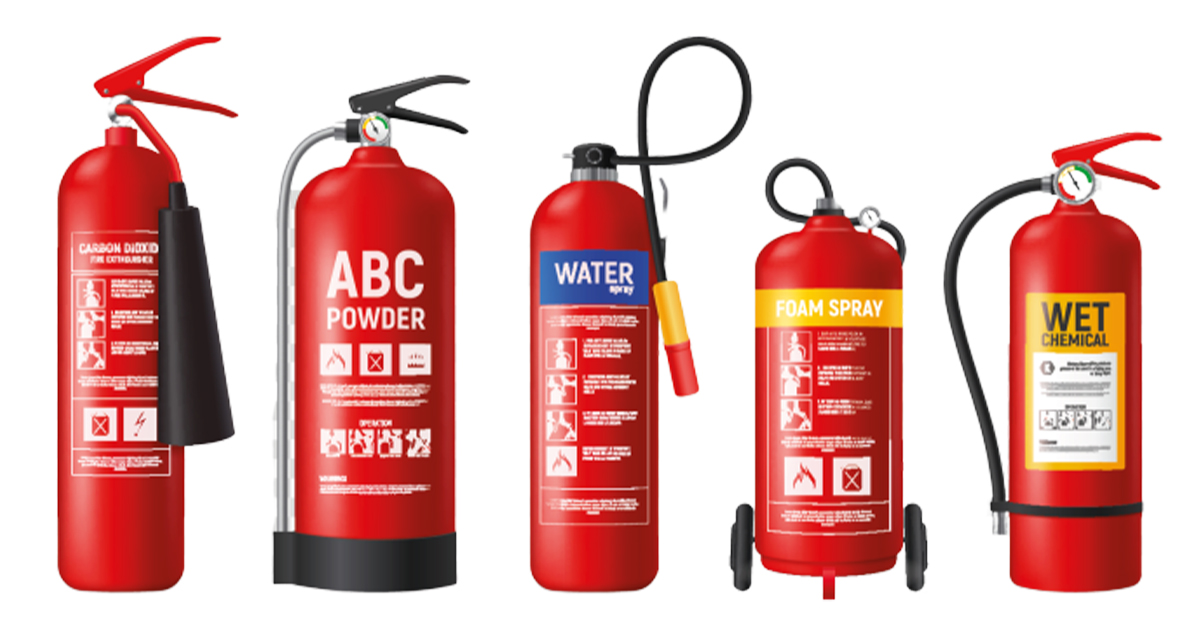
What colour is a dry powder fire extinguisher?
Band colour: Blue
Suitable for: Class A, B, and C fires. Dry powder extinguishers can be used to tackle fires caused by ignited paper, wood and other organic materials, as well as fires caused by flammable liquids and flammable gases. They are sometimes referred to as ‘ABC’ extinguishers.
Do not use for: Cooking oil/chip pan fires and enclosed spaces
Extra points to be aware of: Some standard powder extinguishers can also be used safely on electrical items up to 1000V. There are some specialist dry powder extinguishers that are also suitable for Class D. They shouldn’t be used in enclosed spaces (e.g. offices, domestic dwellings) because the powder can be easily inhaled and the residue is difficult to clean.
What colour is a wet chemical fire extinguisher?
Band colour: Yellow
Suitable for: Class A and F fires. Wet chemical fire extinguishers can be used to tackle fires caused by ignited paper, wood and other organic materials, but most premises have a foam or water extinguisher for this. They are mainly used for fires involving cooking oils and fats, as they can deal with extremely high temperatures.
Do not use for: Electrical appliance fires and flammable gas fires
What colour is a CO2 fire extinguisher?
Band colour: Black
Suitable for: Class B and Electrical fires. CO2 fire extinguishers are safe for both high and low electrical voltages and are the main type used in computer server rooms.
Do not use for: Cooking oil/chip pan fires, organic materials fires (Class A) and flammable metal fires
Extra points to be aware of: CO2 fire extinguishers can carry burning fat out of the container. They produce fumes which can asphyxiate if used in confined spaces. Ventilate the area as soon as the fire has been controlled.

Common problems with identifying the correct extinguisher
The days of fully coloured fire extinguishers are now behind us, even though this may have made identifying which type of extinguisher it was a little easier.
In 1997, these were replaced with a ‘signal red’ colour as red is associated with both danger and fire, plus it is the easiest colour to see in a darker environment such as a smoke-filled room.
The small colour bands on fire extinguishers are not easy to identify quickly, particularly as manufacturers are permitted to add their own unique presentation of the band. Unfortunately, this means that extinguishers of the same type can look different from each other.
This makes signage above your fire extinguishers extremely important, as you can make this consistent and really stand out. Signage should include headline information about the extinguisher type, colour code, and what type of fires it should and shouldn’t be used on.
How to ensure you choose the right coloured extinguisher in the event of a fire
Proper training is essential so that staff know which extinguishers are which and, more importantly, where they are in your building.
People may walk past extinguishers every day but will hardly notice they’re there, so part of the induction for new staff must include learning the fire extinguisher locations and which type they are. It’s definitely not ideal to be trying to read the fire extinguisher label in the heat of battle, so preparation is key.
The placement of your fire extinguishers should be carefully considered and known by all employees.
As part of our fire extinguisher service, we will assess your premises and then determine which extinguisher types are needed and where they should be situated, giving you peace of mind that in the event of a fire you are prepared with the equipment needed to control it before it gets worse.
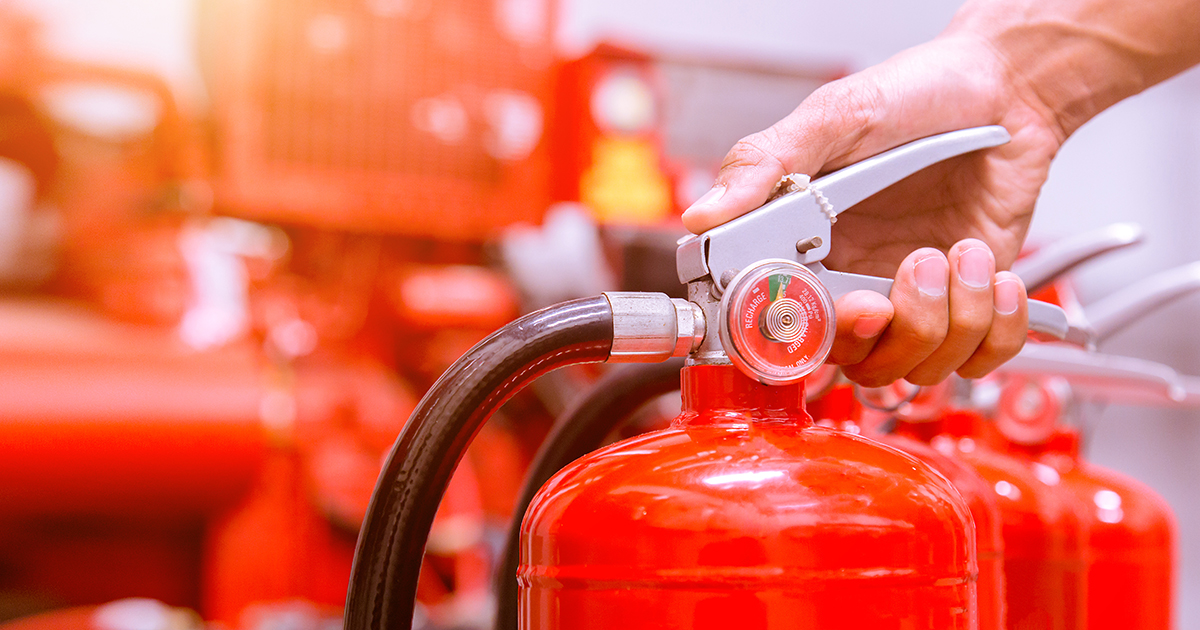
Which extinguisher type is suitable for virtually all fire risks?
The fire extinguisher that is suitable for tackling the most types of fire is a dry powder extinguisher (blue band). It can be used for Fire Classes A, B and C, and Electrical fires. Unfortunately, the fine powder dust is not good for you if inhaled, and is therefore not recommended for indoor use unless it is unavoidable!
However, it’s important to remember that no fire extinguisher is suitable for ALL fires.
They should be chosen based on the specific premises and the risk assessment, for example, if you have organic materials, electrical equipment or gases present, you need to have accounted for all potential fire types.
Due to the various factors involved with selecting fire extinguishers, it is best to seek guidance from a fire safety authority. At DFP, we not only help you with the selection and layout of your extinguishers, but we also offer fire safety maintenance which includes regular fire extinguisher servicing.
What’s a good acronym to remember how to use a fire extinguisher properly?
Fire extinguishers are a great way of stopping a small fire in its very beginning stages. You may assume that using a fire extinguisher is going to be easy, but if you’re not properly prepared you may struggle to operate one and in the time it takes you to figure it out the fire may have spread.
Remember this acronym for using a fire extinguisher: PASS (Pull, Aim, Squeeze, Sweep)
P – pull the pin
A – aim it at the base of the fire
S – squeeze the trigger
S – sweep side to side
BUT FIRST!
Before you even use a fire extinguisher, you should:
- Put your safety and the safety of those around you first.
- Immediately raise the alarm when you discover the fire.
- Ensure you have an escape route and that it’s clear.
If you can’t put out the fire or the extinguisher becomes empty you should:
- Get yourself and everyone else out immediately.
- Close all doors behind you on the way.
- Ensure the fire brigade is called.

Come to DFP for the complete Fire Extinguisher Service
We will assess the fire safety requirements of your premises, provide the most efficient layout, and supply the most suitable fire extinguisher types. Plus, you’ll benefit from a 10-year guarantee on any replacements and all on-site work will be carried out by experienced BAFE approved engineers.
We don’t just stop at fire extinguishers! We cover all aspects of fire safety in our complete pre-emergency service, making DFP the one-stop fire safety provider.
Get in touch for your free on-site consultation today – call our team on 0330 7000 555 or fill out our online enquiry form.
Did you find this article helpful? Check out:
How to carry out your monthly fire extinguisher check
Fire extinguisher maintenance guide
This article was written by Gary Askew, Managing Director of Dorset Fire Protection.
He has over 20 years experience of in supplying fire prevention measures and finding premium solutions.



